Happy #InternationalDayofHappiness2022! To celebrate, we’ve put together this list of 10 tips for getting into Parkour. Why? Because we see Parkour as a movement practice that brings freedom and joy, and we want more people to give it a go. We think you’ll like it! So – with that in mind – let’s jump into it…
Tip #1 – Get a buddy or join your local Parkour community
In the words of Bob Marley “let’s get together and feel alright”.
Practising Parkour with a buddy is great. You can motivate each other, spot each other, and look out for each other in the (unlikely!) event that either of you gets an injury.
You might also think about joining a local Parkour community. Just try typing the name of your area into Facebook followed by “Parkour” and see if there’s a local group. Groups tend to meet up regularly, say once a week, and have a mix of abilities. You can learn from them and they can show you the local spots!
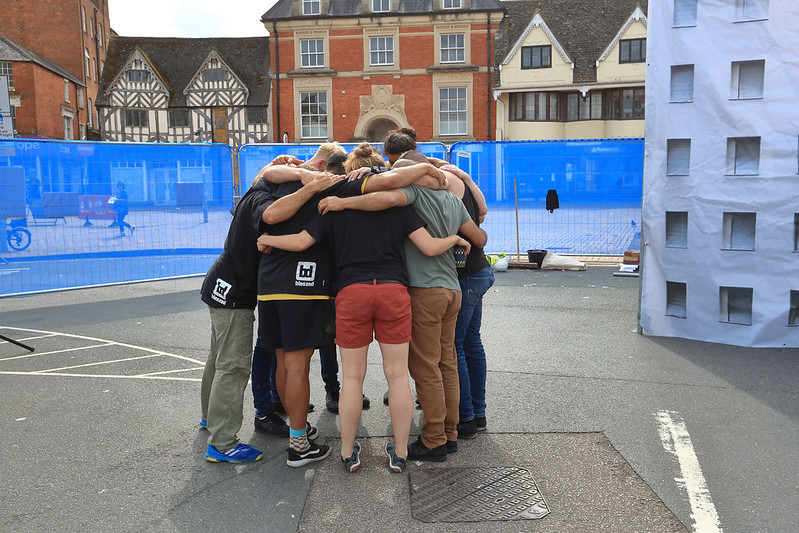
Tip #2 – All you need are comfy clothes and trainers
As a wise person once said “it ain’t what you got, it’s what you do with what you have”.
You don’t need expensive designer sports gear to get into Parkour. All you need are comfy clothes and a pair of trainers. That said, certain trainers are preferred by the Parkour community. These trainers have a flat sole, medium cushioning and good grip. For example – https://www.amazon.co.uk/Asics-Curreo-Mens-Low-Top-Sneakers – modelled below by ON EDGE performer Simi Egbejumi-David.
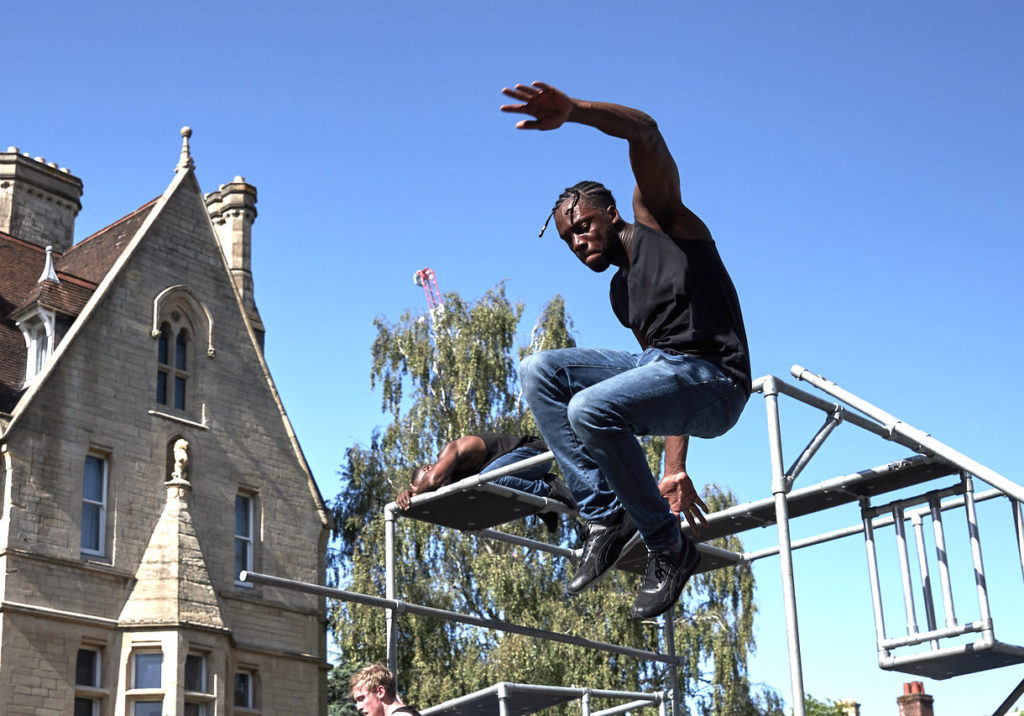
Tip #3 – Start with a warm up, end with a cool down
So you’ve put on some suitable clothes and now it’s time to head outside and get moving!
But before you do – it’s really important to warm up thoroughly. The most common injuries occur in the first 5 minutes or the last 5 minutes of a session, when you’re either not warmed up enough, or fatigued.
Here’s a great Parkour warm up video to follow:
A cool down at the end of a session is going to help you recover faster too. Try spending 30 seconds stretching each major muscle group starting from the feet up.
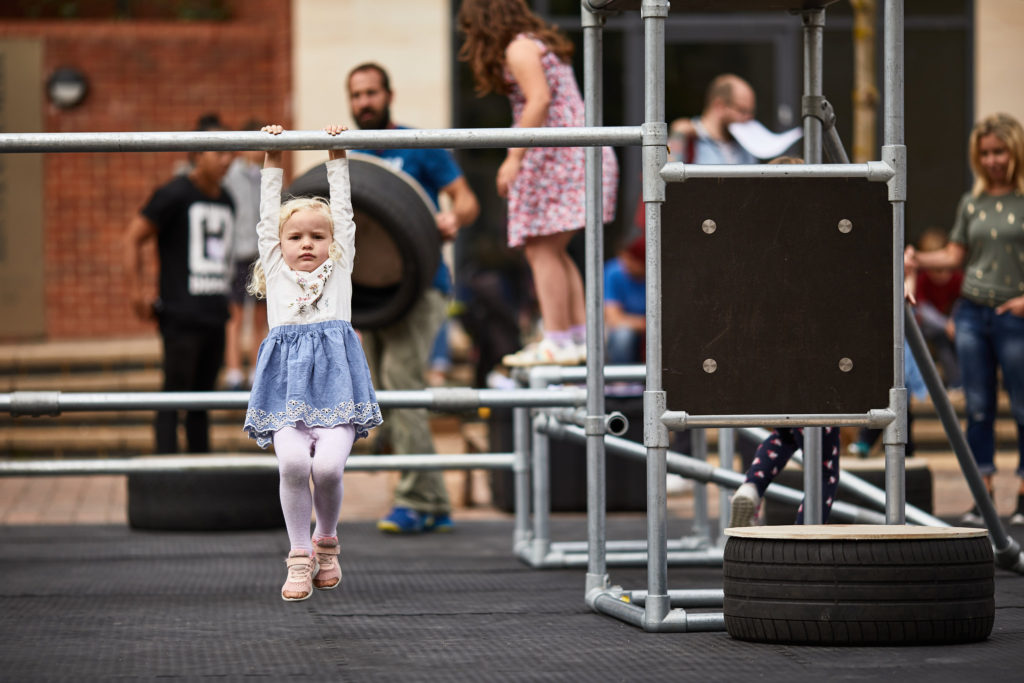
Tip #4 – Risks and benefits
When you’re out doing Parkour it’s important to be assessing risks and benefits on the go.
For example, checking surfaces to see if they’re damp and slippy. Once aware of this risk you can take steps to minimise risk such as being cautious with landings. It’s important to also weigh the benefits of engaging in this risk – taking the slippy surfaces example, you’re going to find these out and about in the world so learning to manage them is a useful skill!
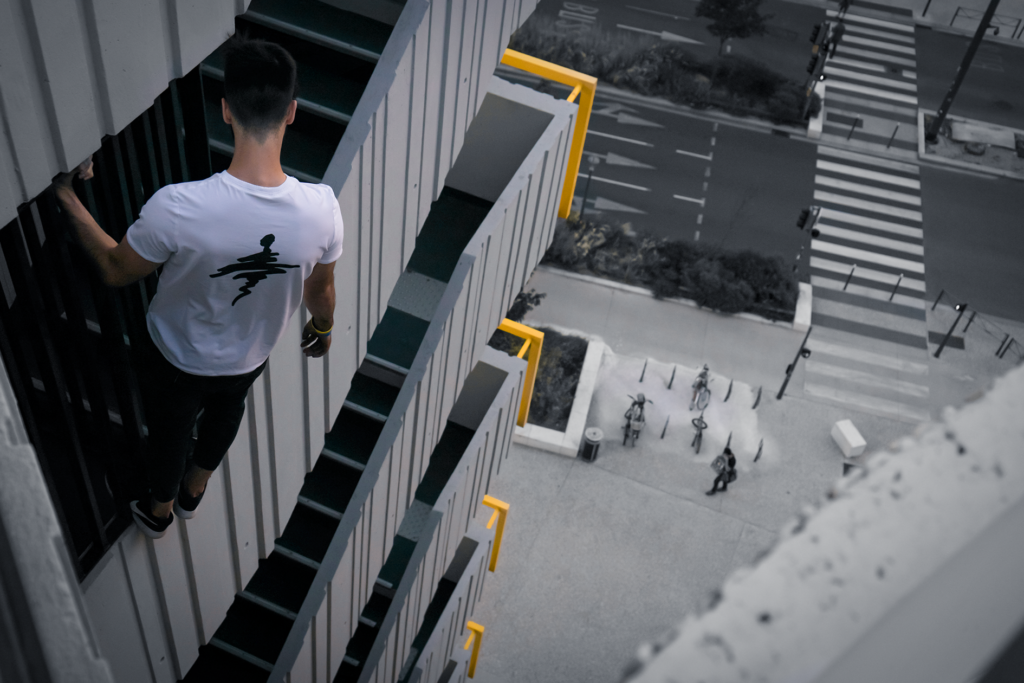
Tip #5 – Start slow, stay low
We have a saying in the Parkour community “start slow, stay low”. When you’re beginning Parkour you shouldn’t be looking to throw yourself off buildings! Start at ground level and try to move slowly and smoothly to build up coordination and good technique.
Here’s some great inspiration for how to find a multitude of opportunities with just the floor and a railing:
Tip #6 – Move softly, quiet landings
If you want to move like a monkey, then follow the old saying “softly, softly, catchy monkey”.
To move softly is to move with control, and you’ll be minimising impact on your joints. Try to be on the balls of your feet with a slight bend in your joints to cushion impact.
If you have a buddy you can try playing a game where one shuts their eyes and the other tries to move without being heard!
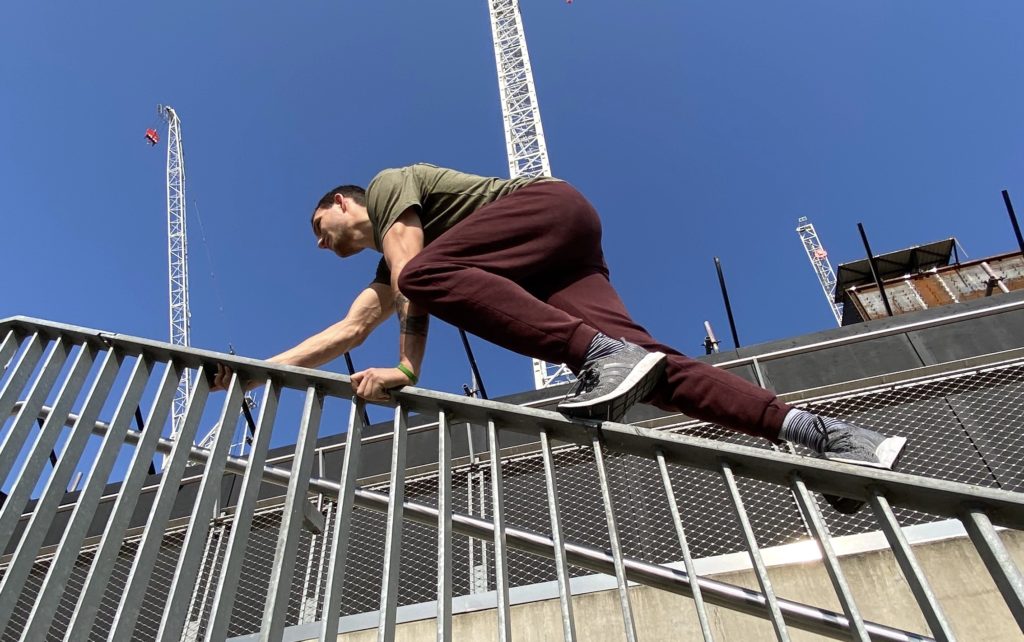
Tip #7 – Play with your environment
So with these pointers in mind it’s time to start playing with your environment. This is the essence of Parkour. Get back to the mindset of a child, where everything becomes playful!
Start by looking for small challenges – can I get myself up and over that wall? Can I jump up these steps in as few jumps as possible? Can I balance on this low rail all the way to the end? Look at the obstacles you have around you and play with different ways of moving over, along, around, or against them.
In time, you will gain an understanding of your current ability – how far you can jump, how long you can balance for, what types of vault you can do. From here it’s all about gradually increasing the difficulty – can you jump slightly further than yesterday? Can you do that slightly faster? If you train in this way you will see consistent and sustainable improvement!
If you’re with a buddy or community, here’s a great game we play as a team called Add On that helps you get creative in a space:
Tip #8 – Try different environments
Once you’ve explored your local area it’s great to try visiting other places to find new challenges. Different places offer different opportunities for movement, and can be a great way to meet other people in the community!
You could also try visiting one of the many Parkour parks around the UK – find them here: https://parkour.uk/organisation_type/public-parkour-parks/page/3/
Or look out for Justice In Motion’s Parkour Park coming to your area!
Lastly you could try an indoor Parkour gym or a gymnastics gym, which are great places for learning new moves in a safe environment.
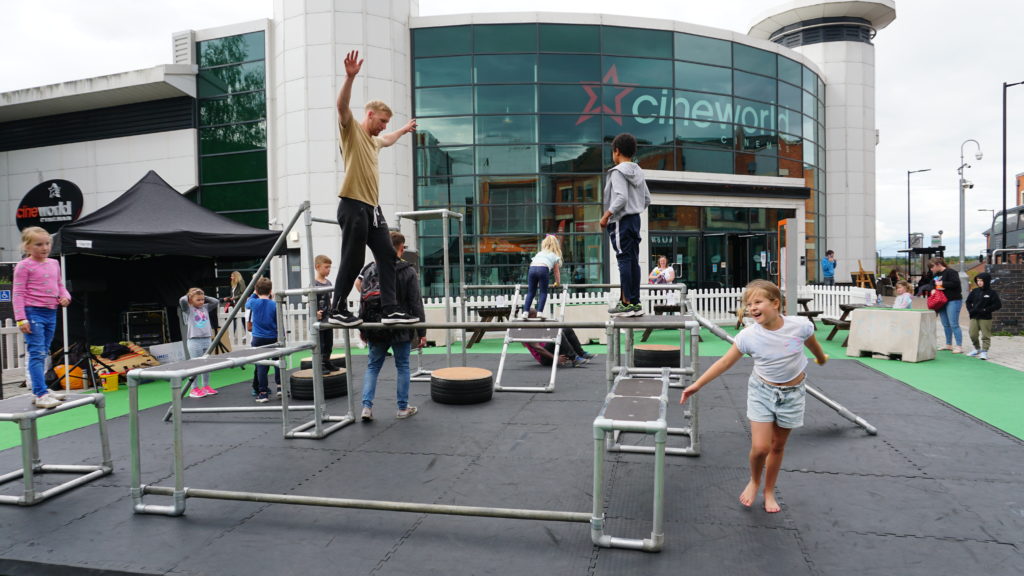
Tip #9 – Get inspiration
Youtube is a goldmine for Parkour videos. From history, to tutorials to training videos there is so much to watch and get inspired by.
We recommend:
Tip #10 – Try a class
The beauty of Parkour is its free, and anyone can give it a go!
However if you’d like to get some coaching from an experienced coach then you could look for a local Parkour class. Coaching can be a great way to fast track your progression and develop good technique. Look on Google or social media for local Parkour classes.
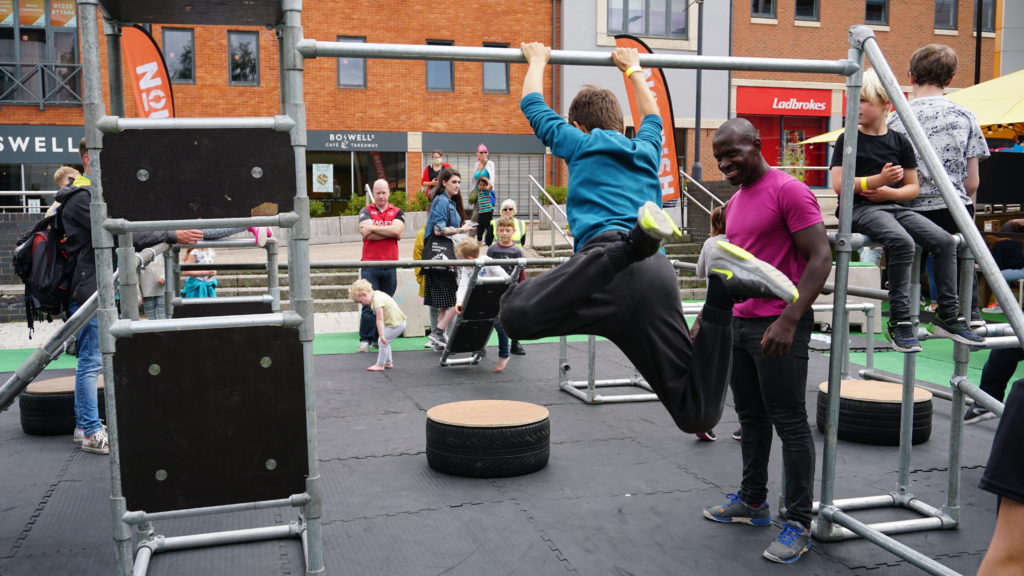
Thanks for reading, and happy jumping!